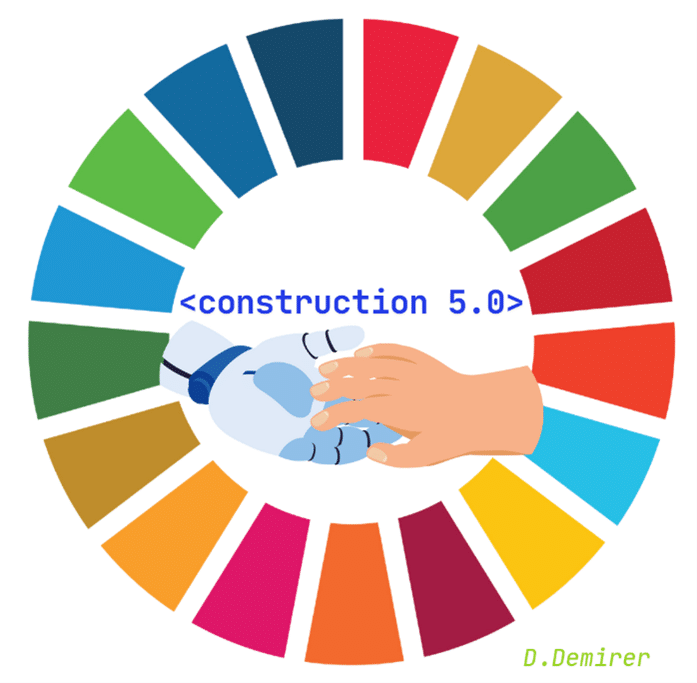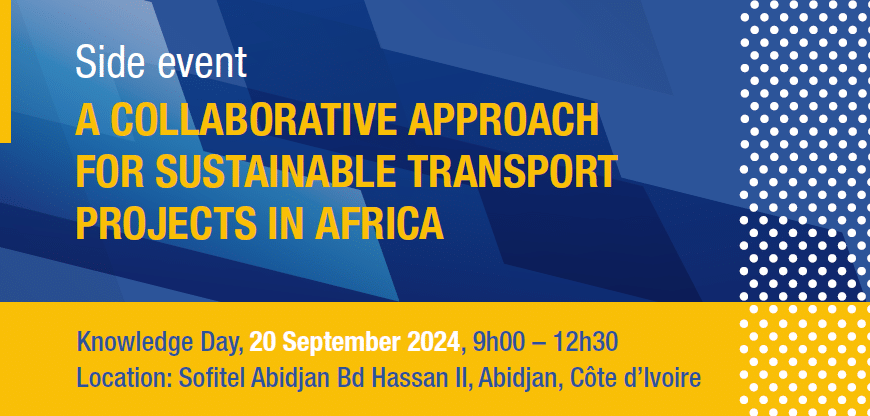Low and Lower-Middle Income Countries – Impact of ecology and climate transition on project preparation : financing, capacity building, technical standards
This webinar was organized by Taskforce 1.3, which deals with the good preparation of road projects in Low and Lower-Middle Income Countries (LMICs).
The objective of the webinar was to present the work of TF 1.3, and to analyze the possible impact on road projects of the commitment by Development Banks to align their investments to the Paris Agreement as of 2023.
Michel Démarre, Chair of TF 1.3, presented the main conclusions of TF 1.1 on good preparation of road projects : topics were identified that are considered of utmost importance to achieve this goal, namely stakeholders management, risk management and communication management. However, due to the lack of participants from LMICs in TF 1.1, it was decided to extend the reflection specifically to LMICs through a new taskforce, TF 1.3. Some LMIC-specific topics were identified, such as the financing of preliminary studies, the retention of competent managers in road and transport administrations and the availability of national technical standards and guides. Moreover, aligning road investments to the Paris Agreement will probably add complexity and require additional financing for project preparation.
Professor Lavagnon Ika, from University of Ottawa, made a presentation titled “To Avoid a Road to Nowhere in Africa, Think Context in Your Project Preparation”. While it is sometimes estimated that 50% of projects fail in Africa, it also means that 50% succeed. Professor Ika presented some examples of failures, the origin of which can be traced to the context of the project. Context is defined as “the formal and informal setting in which a situation occurs, which includes its economic, political, legal, geographical, historical, socio-cultural, environmental, institutional or managerial circumstances and/or the continual unfolding interaction between the situation and the setting”. This last point is often overlooked: contextual elements are dynamic; the project interacts with them and can change them in unexpected ways. Therefore, the keys for a project to succeed are high levels of multi-stakeholders commitment, collaboration, alignment, and adaptation: dealing with complexity and uncertainty requires to consider this time dimension, which may lead e.g., to reassess the value of the project for stakeholders not only during project preparation, but also during implementation.
Jean-François Marteau, Manager of the Global Practice Transport for West Africa (World Bank), commented on the possible impact of Paris Agreement on Bank-financed road projects.
The World Bank portfolio still consists for more than 50% of road projects, even though the road sector has been under stress for some time, due to gender-based violence on some projects, and also to the climate agenda.
An in-depth analysis has shown however the important role that the road sector plays in minimizing the consequences of climate events. Therefore, the focus is now on resilient infrastructure, since disruptions caused by natural hazards, as well as poor maintenance and mismanagement of infrastructure, cost on households and firms about 20 times more than direct costs to the infrastructure.
Vulnerability assessments of road networks are carried out and shared with other Development Banks, aiming at defining priority roads and providing some degree of network redundancy, with maintenance still being considered as critical. This new focus on resilience will impact both project design and general road policies (e.g., road design standards, asset management and of course maintenance policy).
The analysis has also shown that progress can be made both at system planning level and on institutional capacity.
Projects have been scrutinized for the last six years on:
- Greenhouse gas (GHG) accounting
- Economic appraisal taking into account a shadow price of carbon
- Climate and disaster risk screening
- Quantification of climate co-benefits, which have significantly increased during that period
- Implementation of a set of relevant climate indicators.
Regarding the alignment on the Paris Agreement, the Bank will check that projects are in line with the country’s pathway towards low GHG emissions. Some projects will be considered as universally aligned (e.g., rehabilitation of existing roads; connectivity of rural roads; improvement of resilience and/or safety); others (e.g., significant road capacity expansion) will be checked against the Paris Agreement. A balanced approach will be sought between the need for development and climate considerations. A methodology is currently being developed to this end; corresponding guidelines should be available next year.
Additional financing will also be sought for since more resources will be needed for preparation work.
Some takeaways from the Q&A session:
- Both road safety and resilience will be considered in project approval
- Similar to safety design audits, resilience design audits could be introduced in the future
- HDM IV will be updated to incorporate safety and resilience
- There is an increased sensitivity in LMICs to the risks associated with road cuts.






